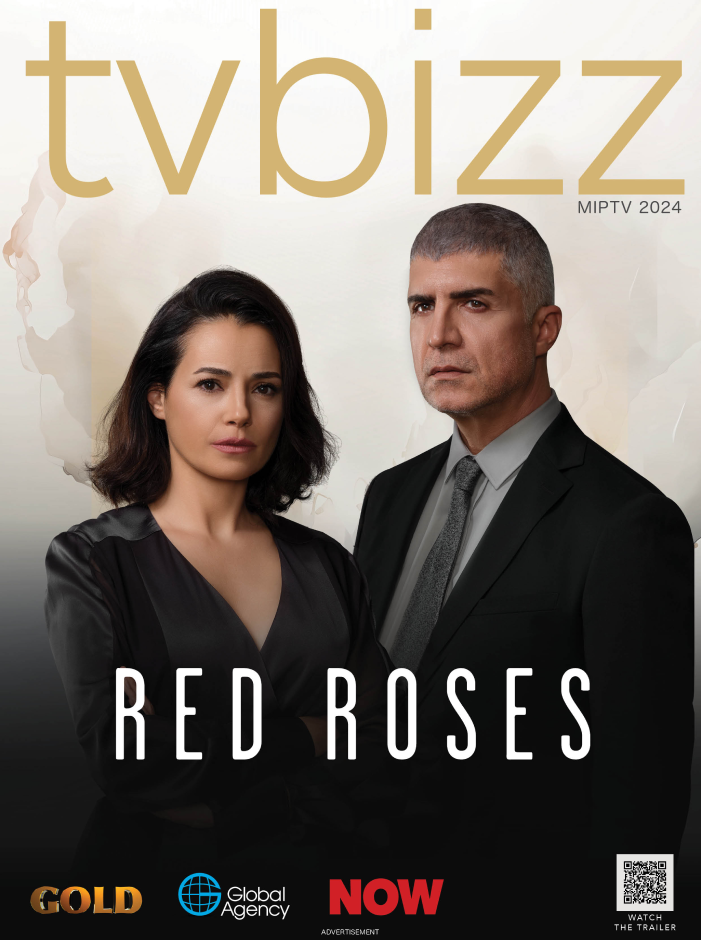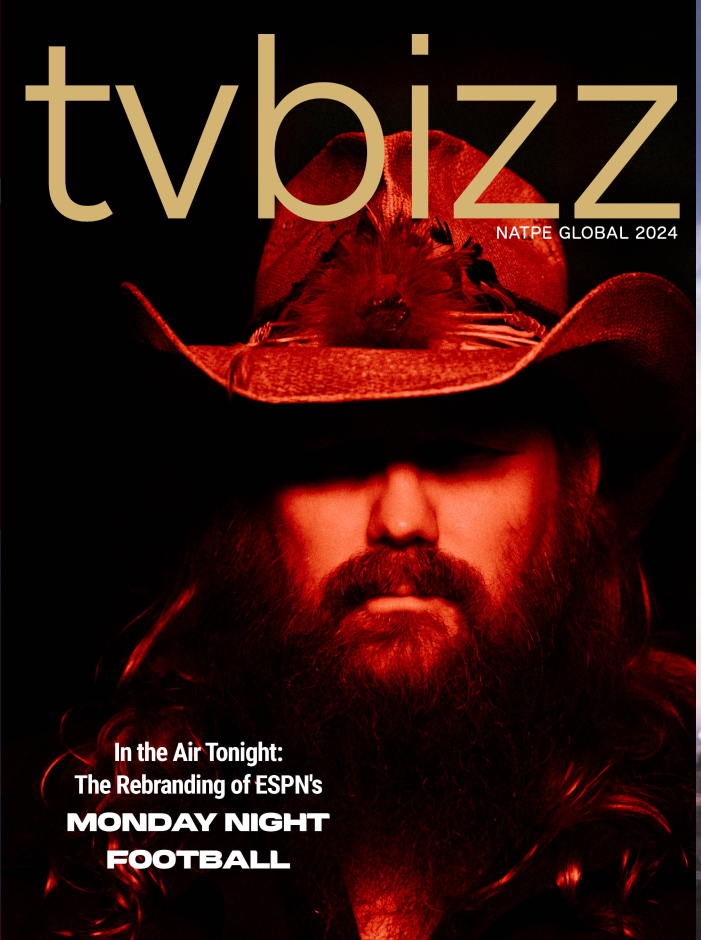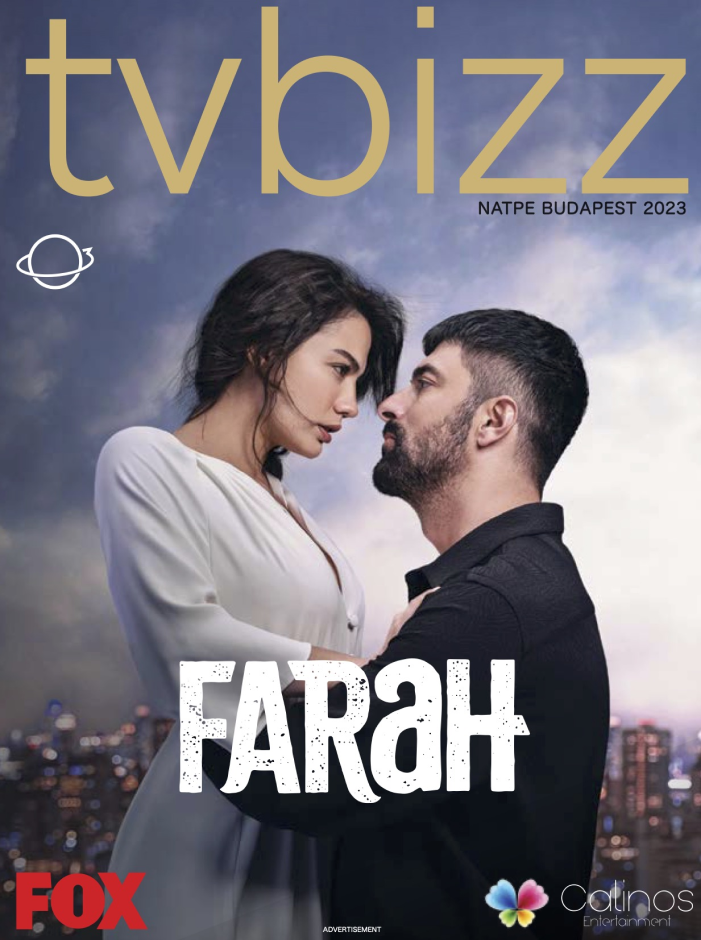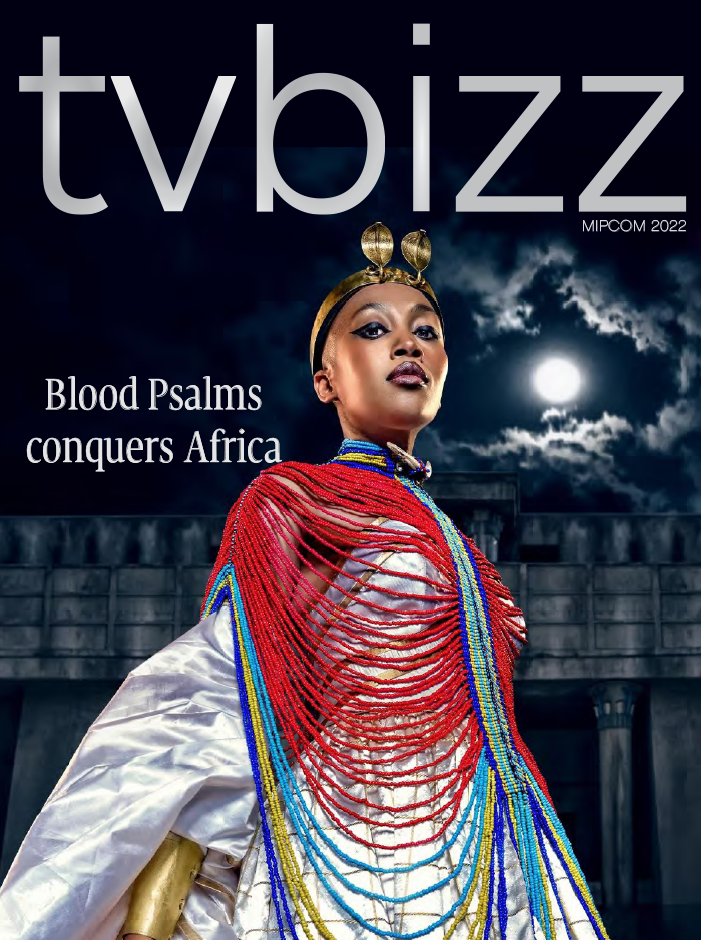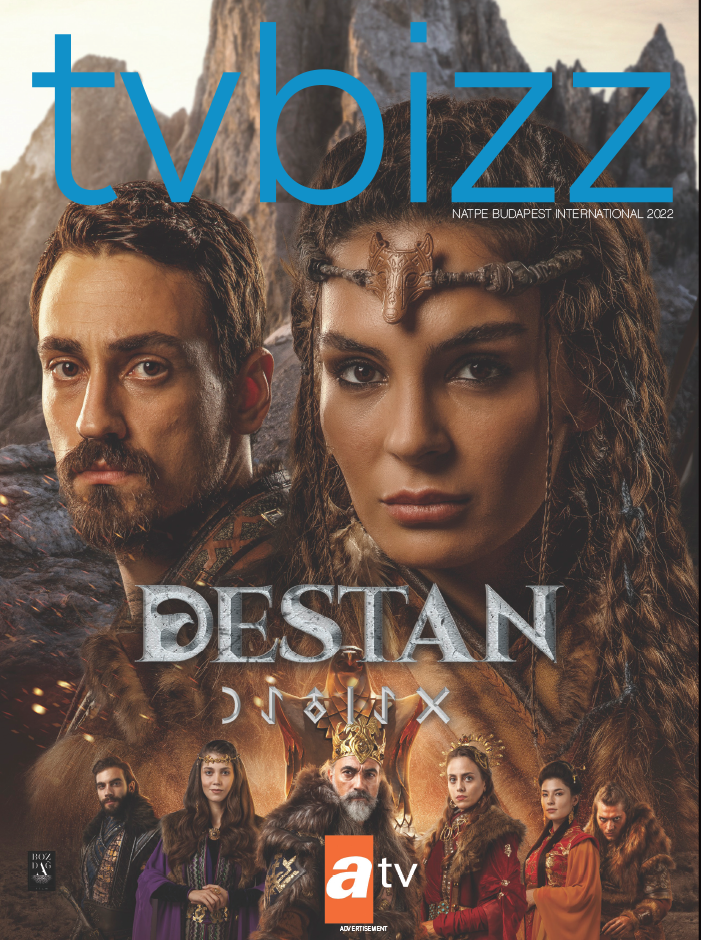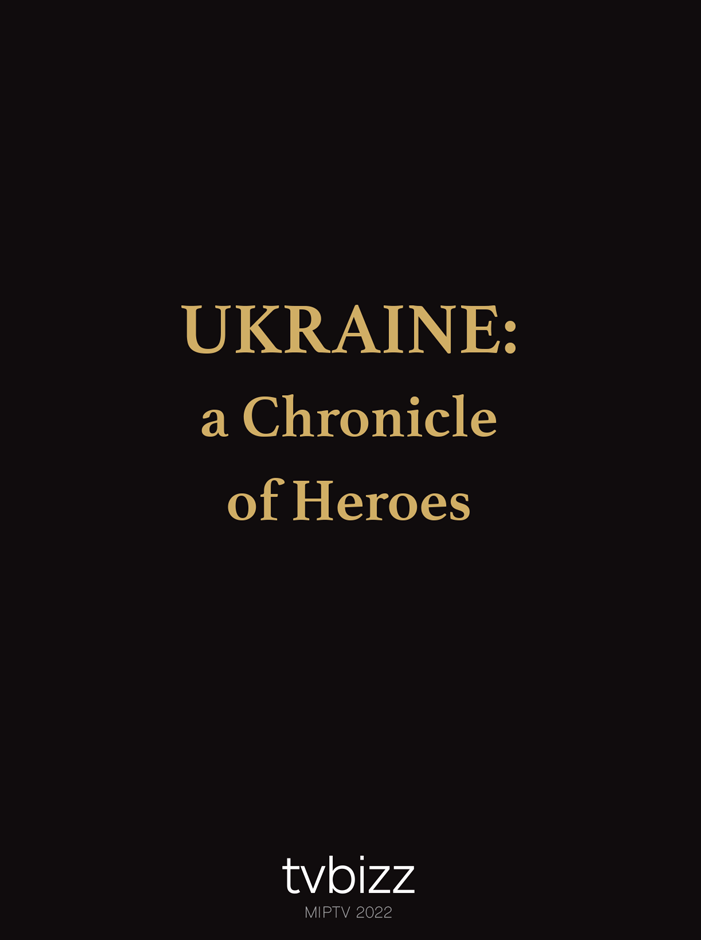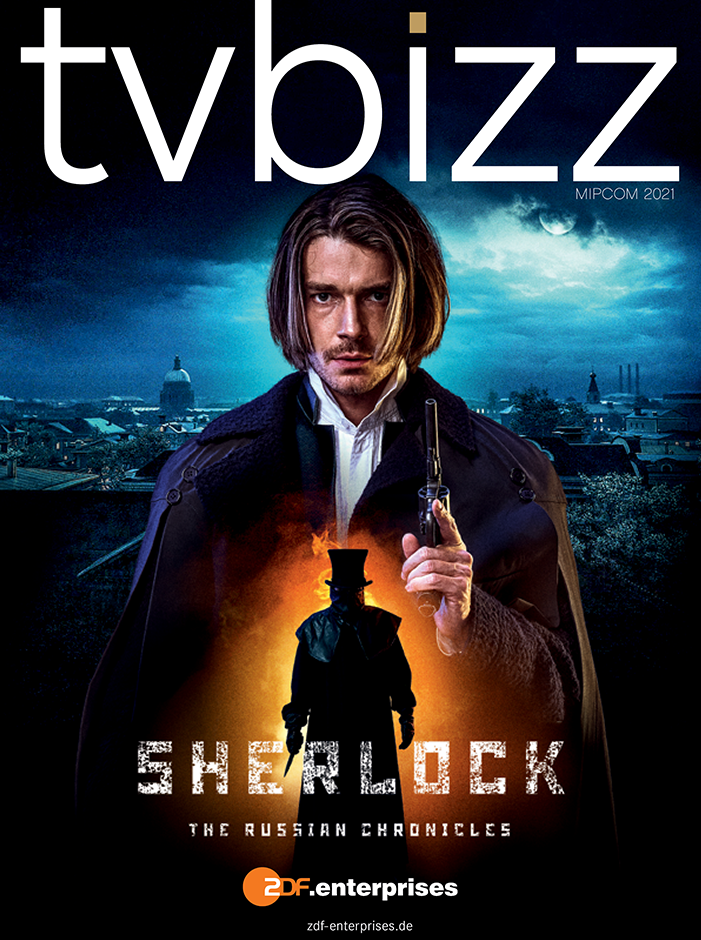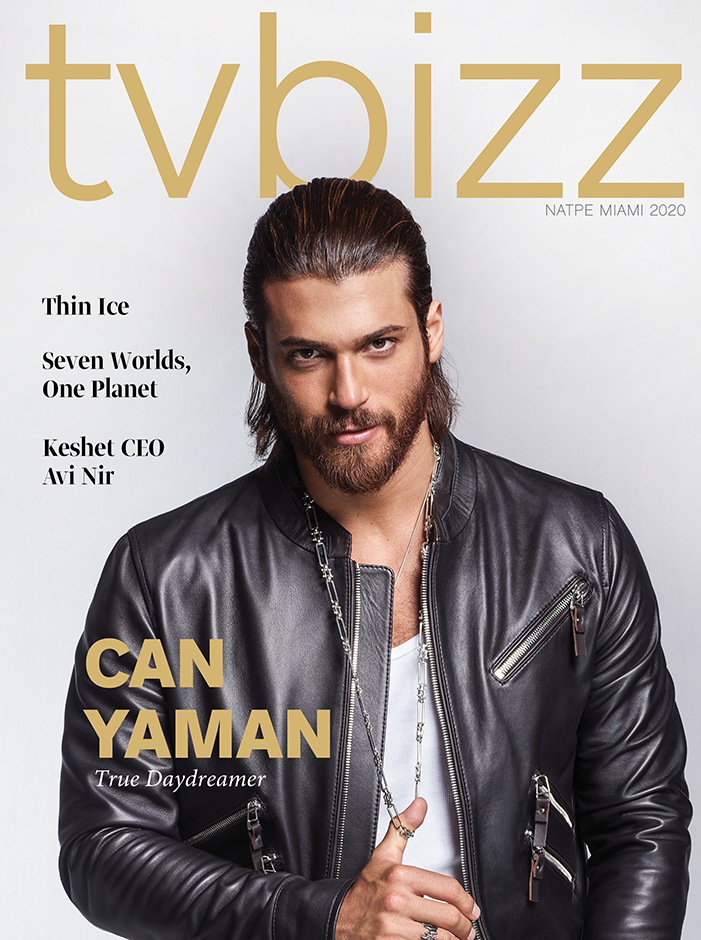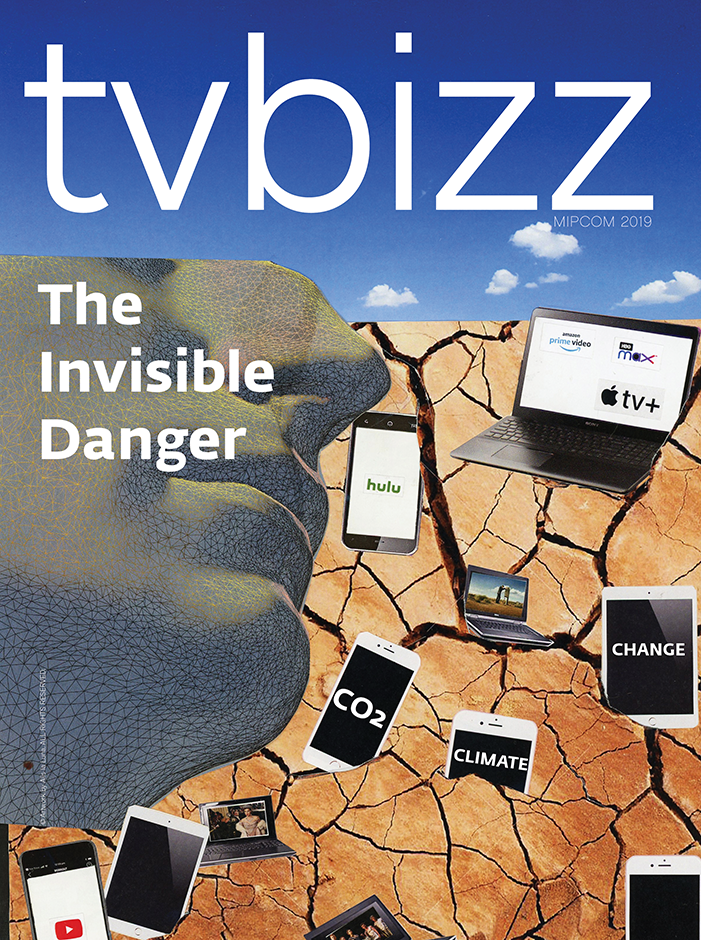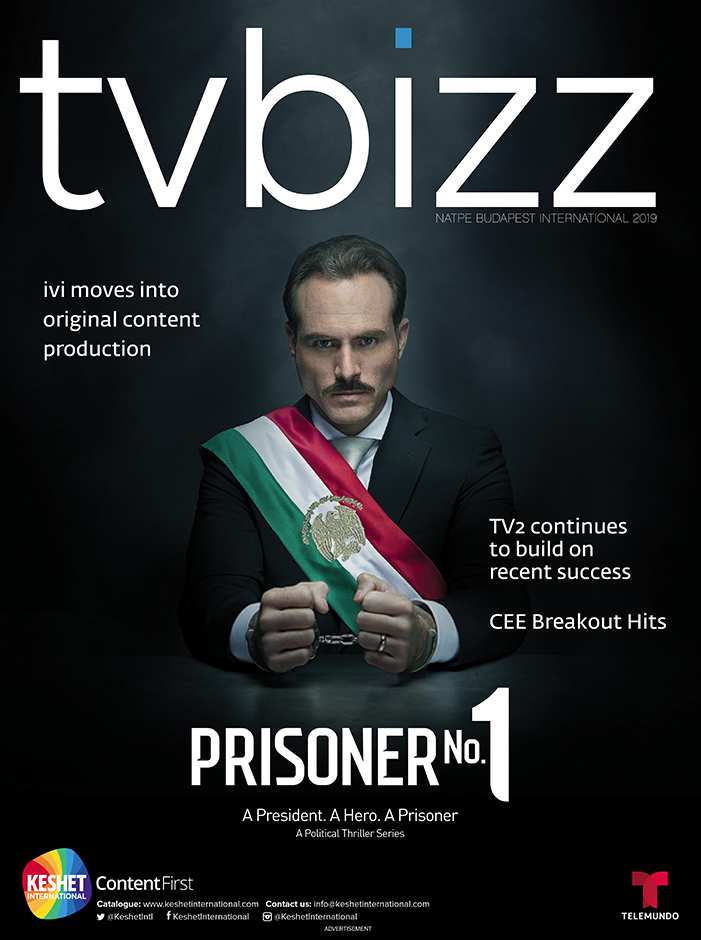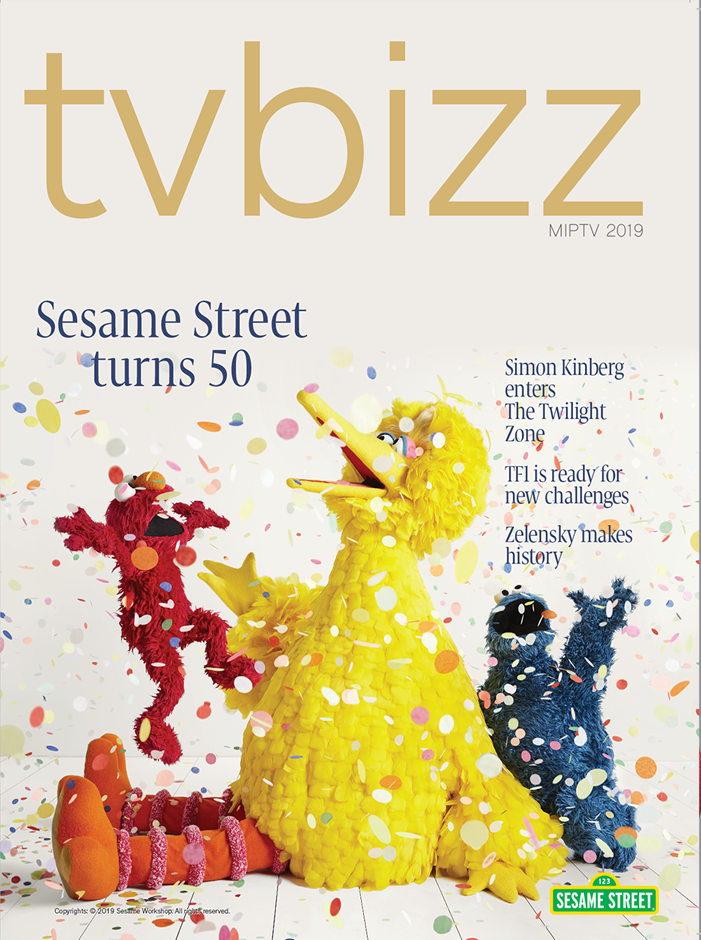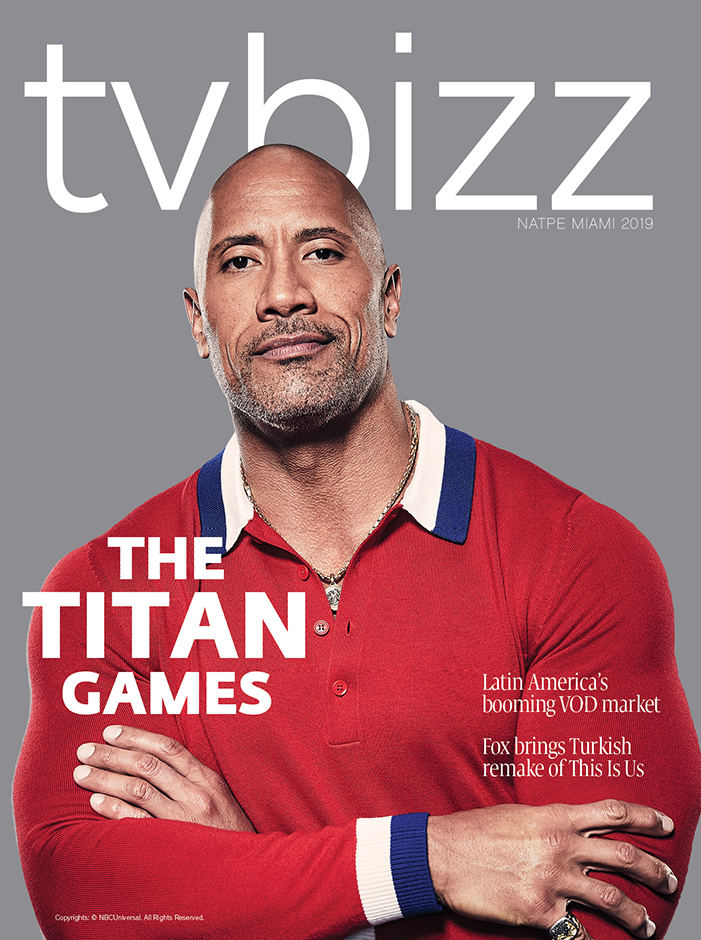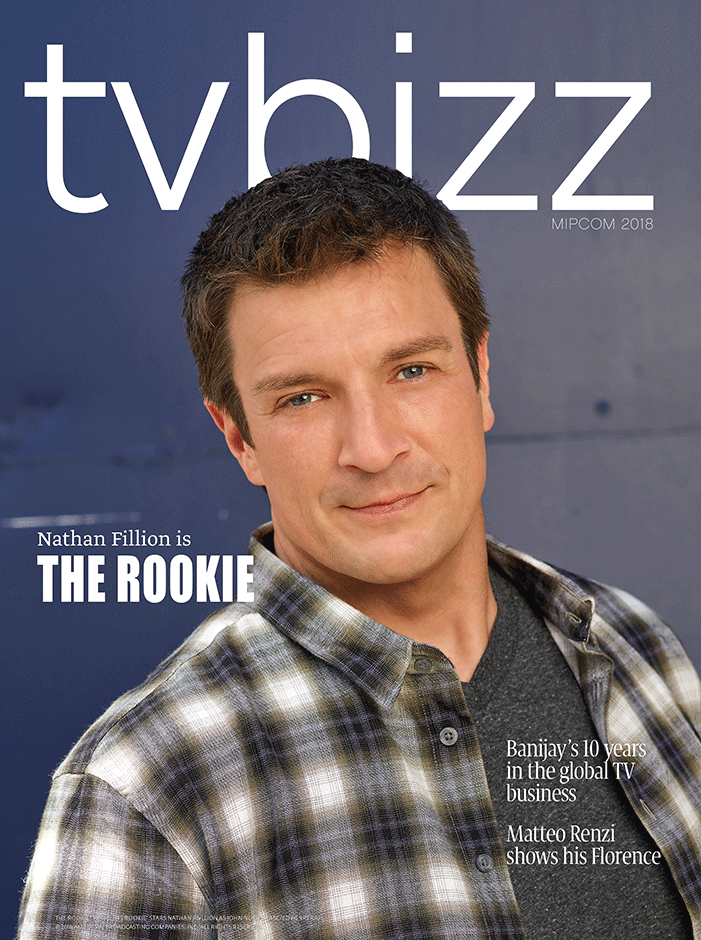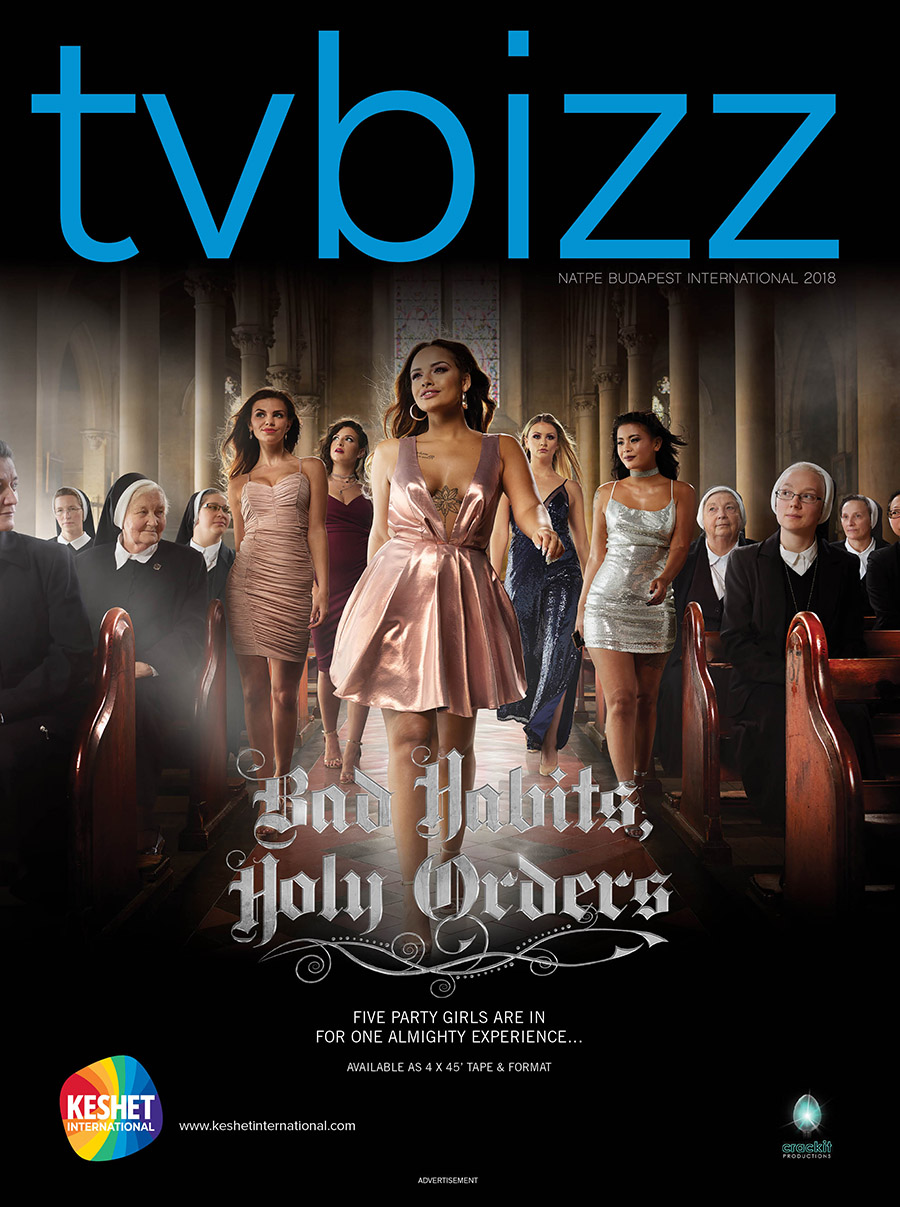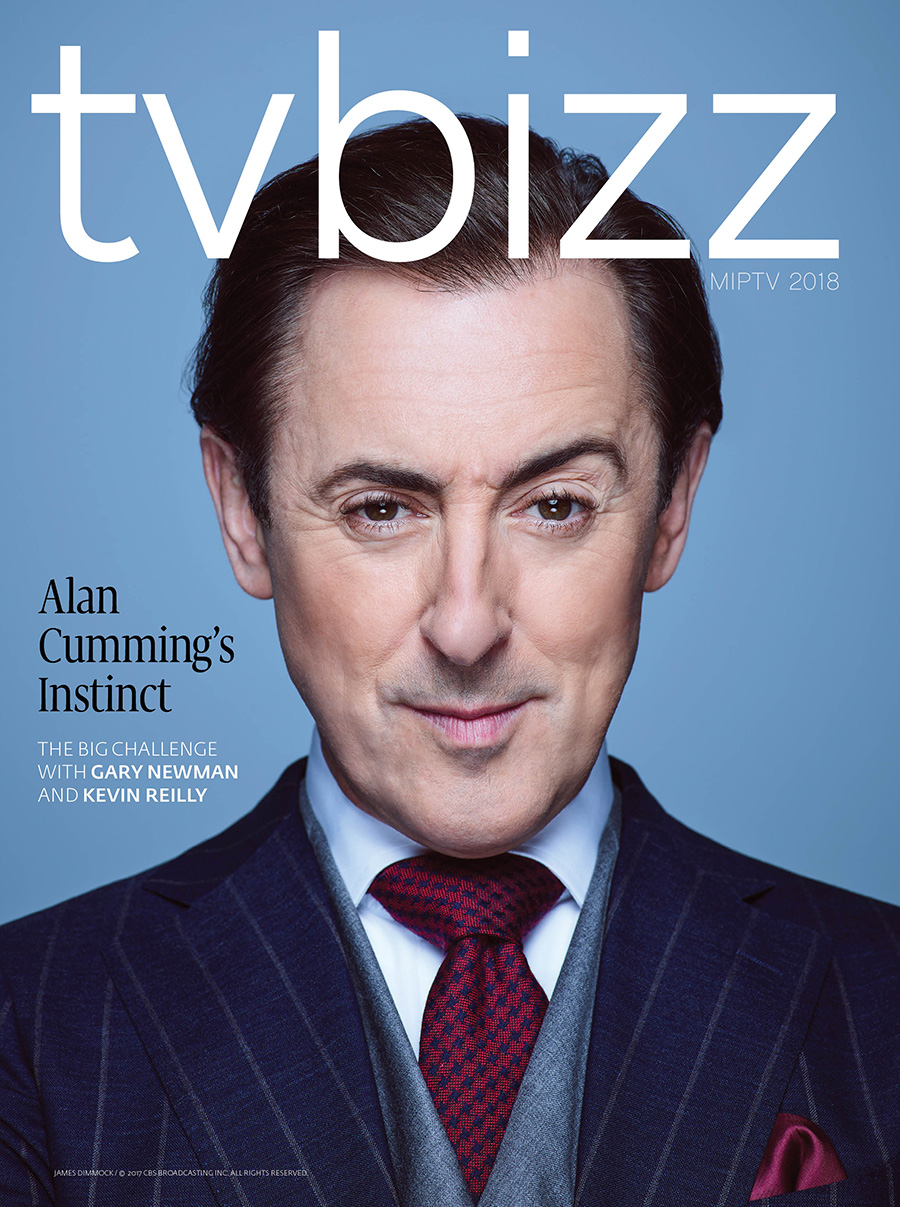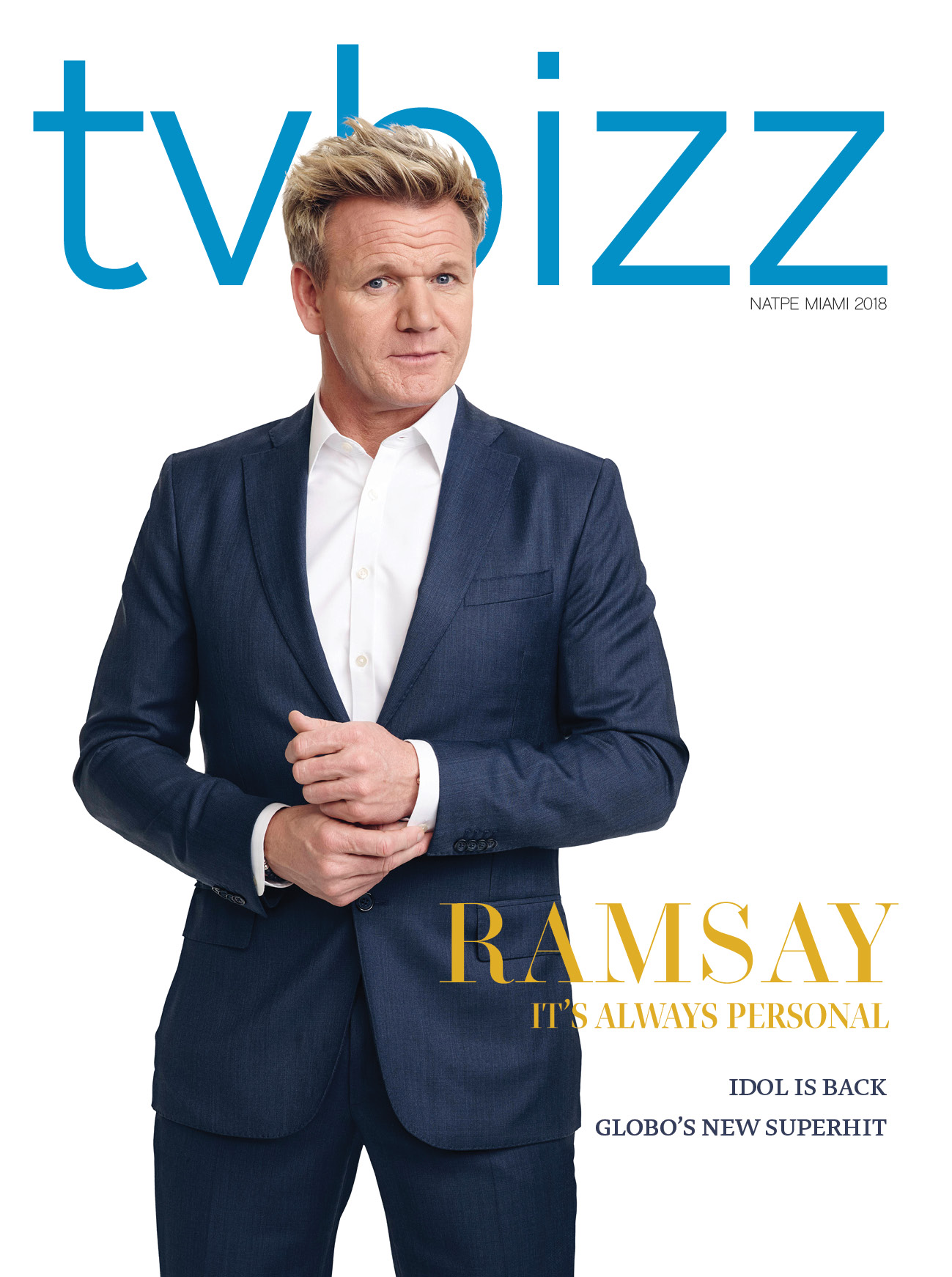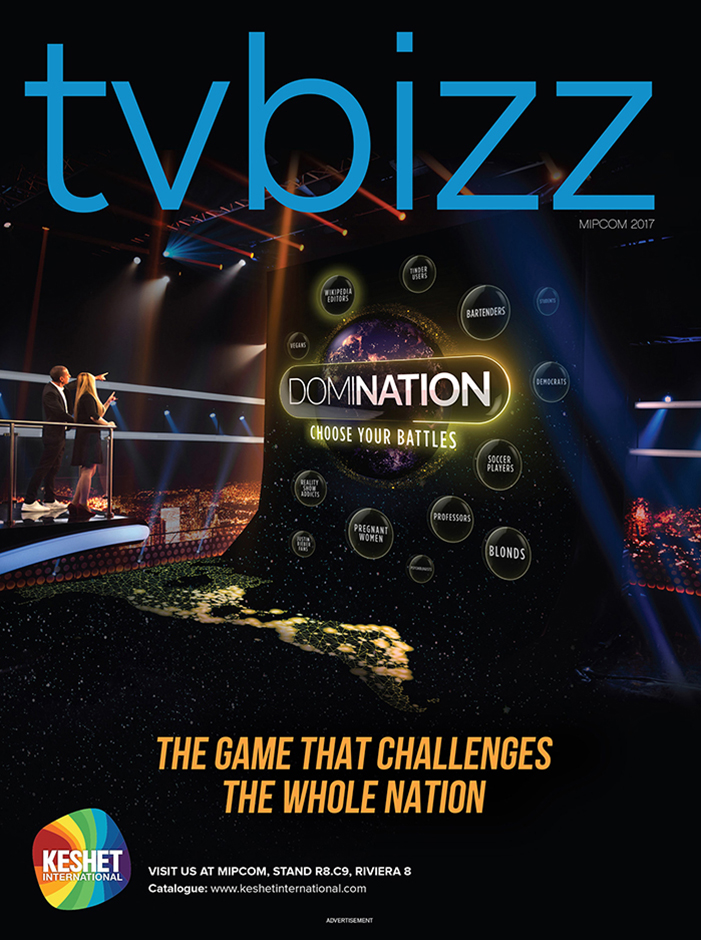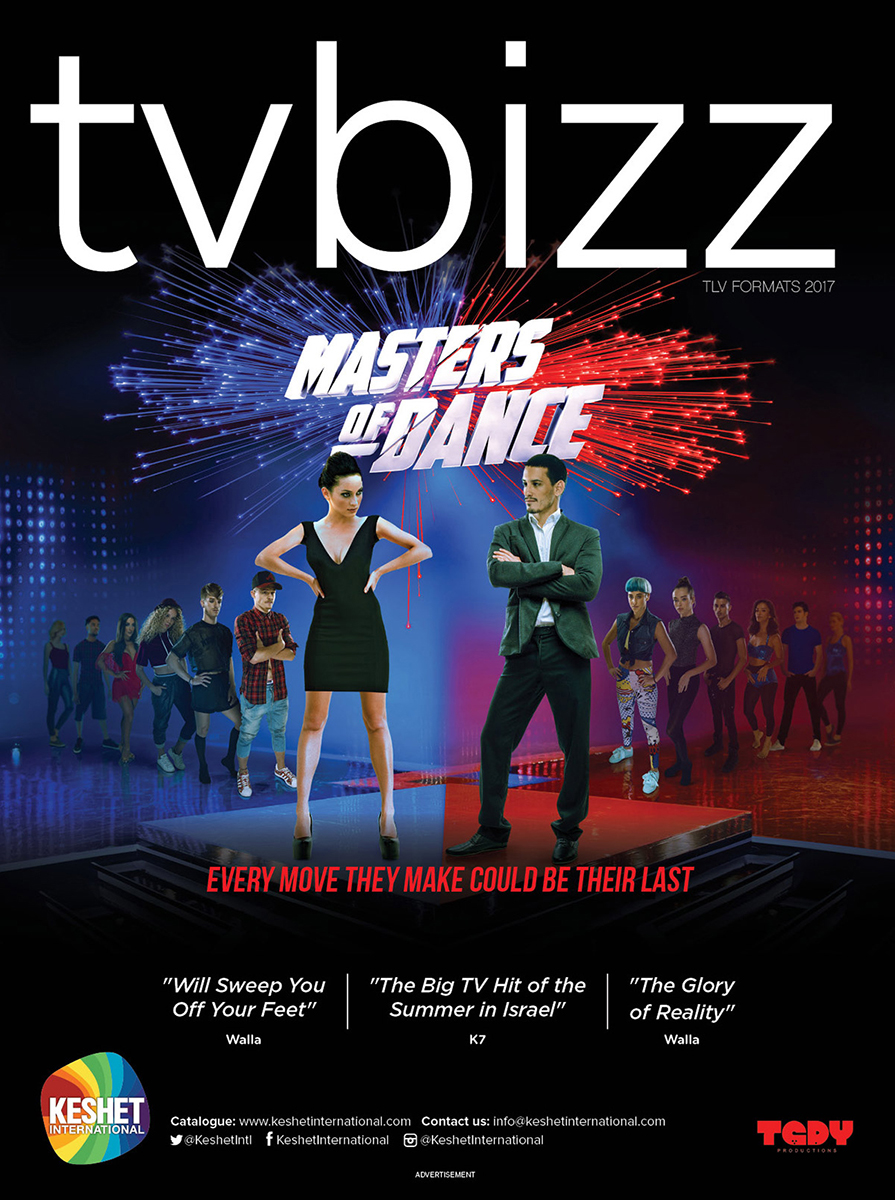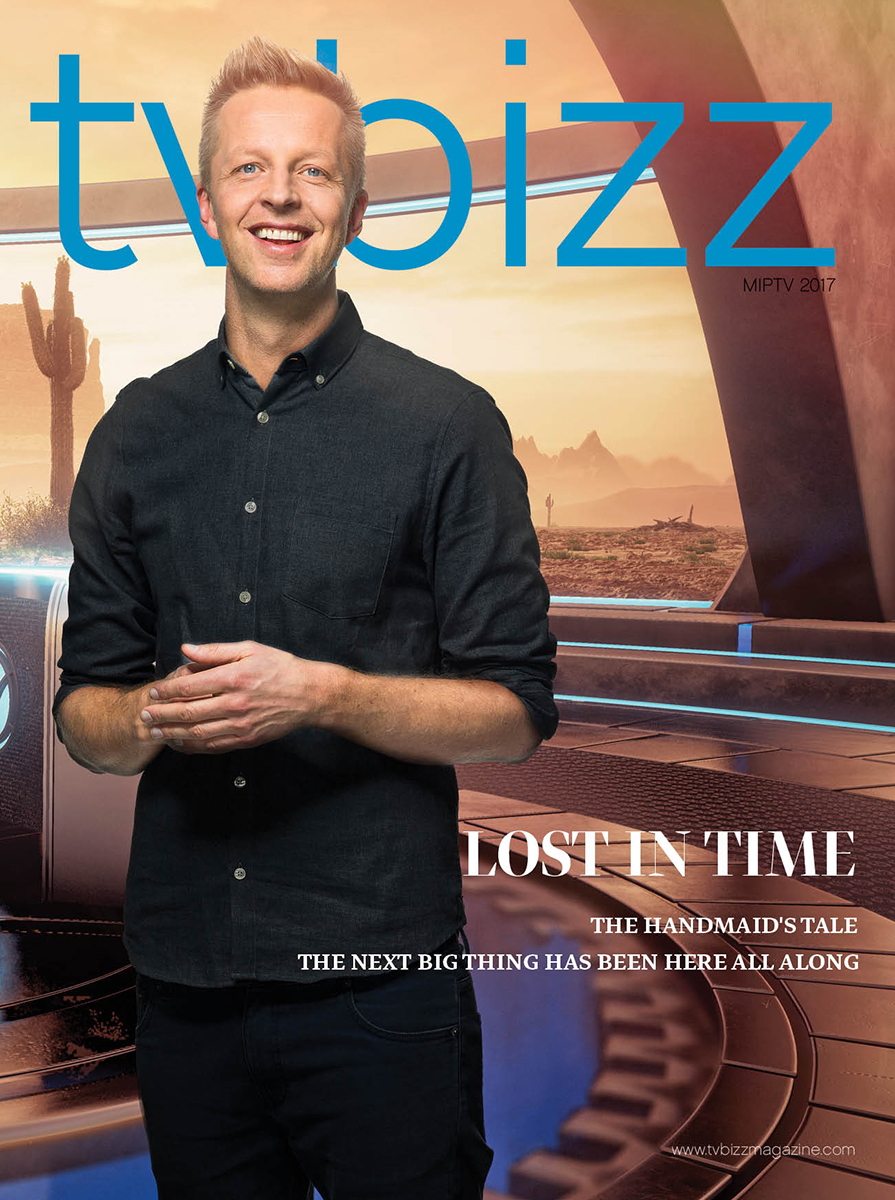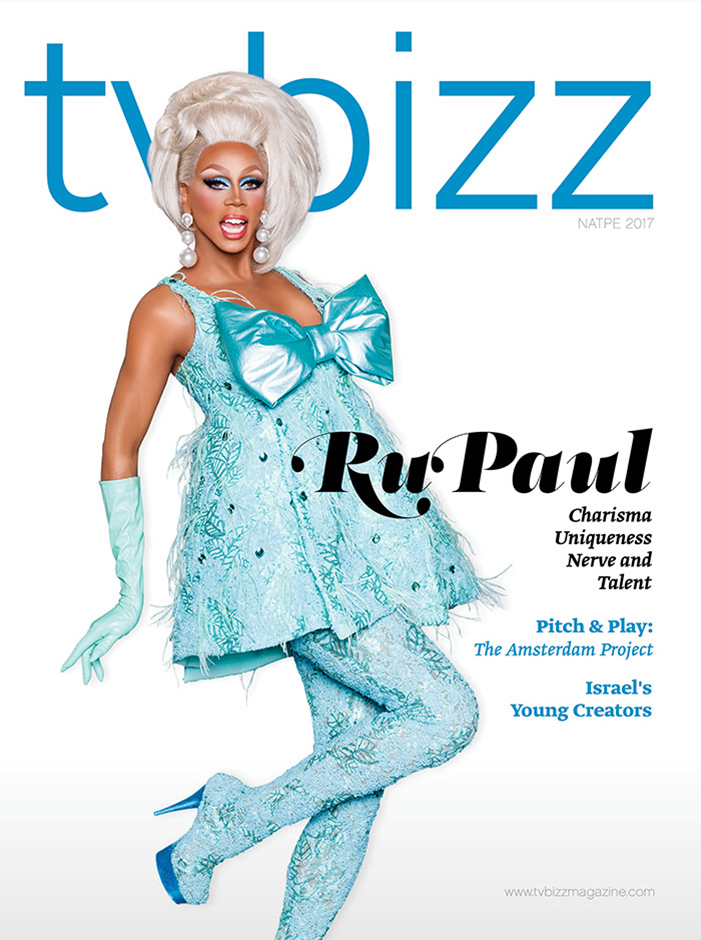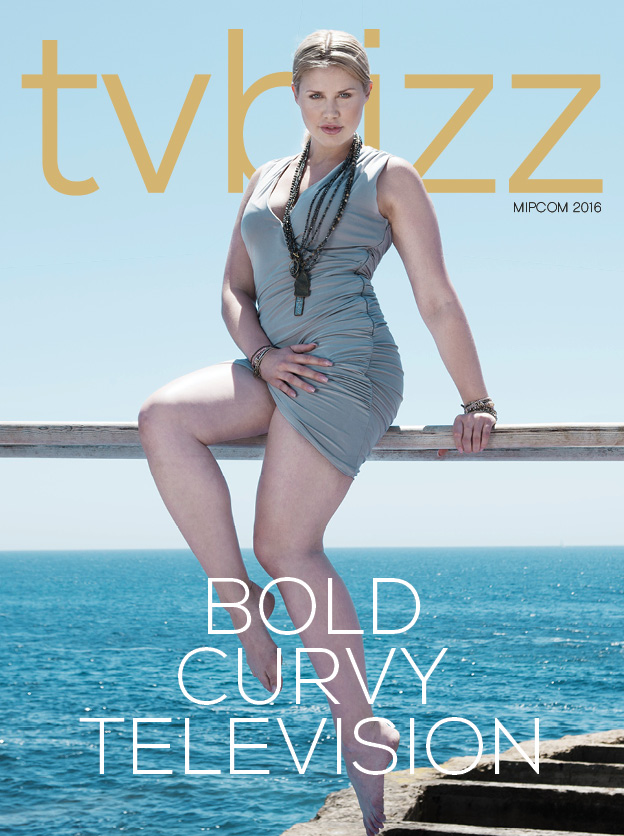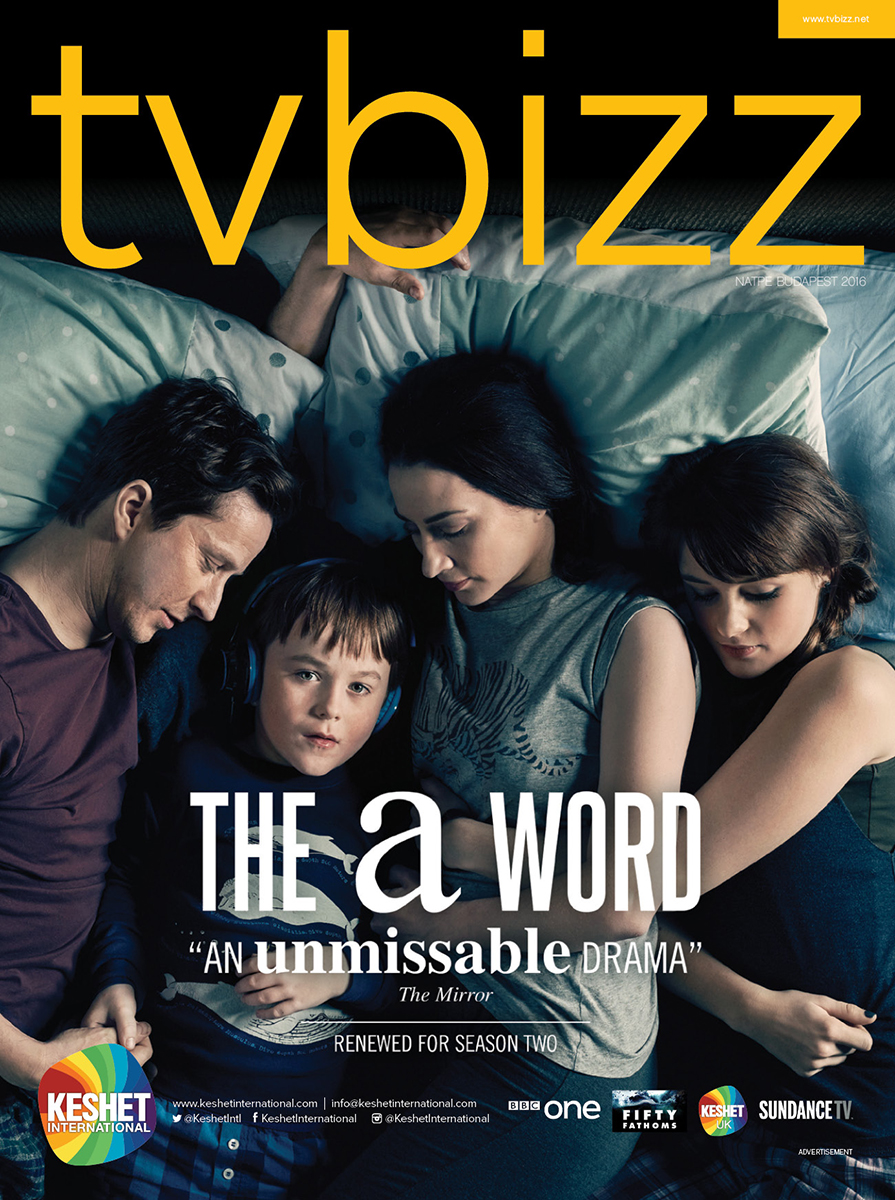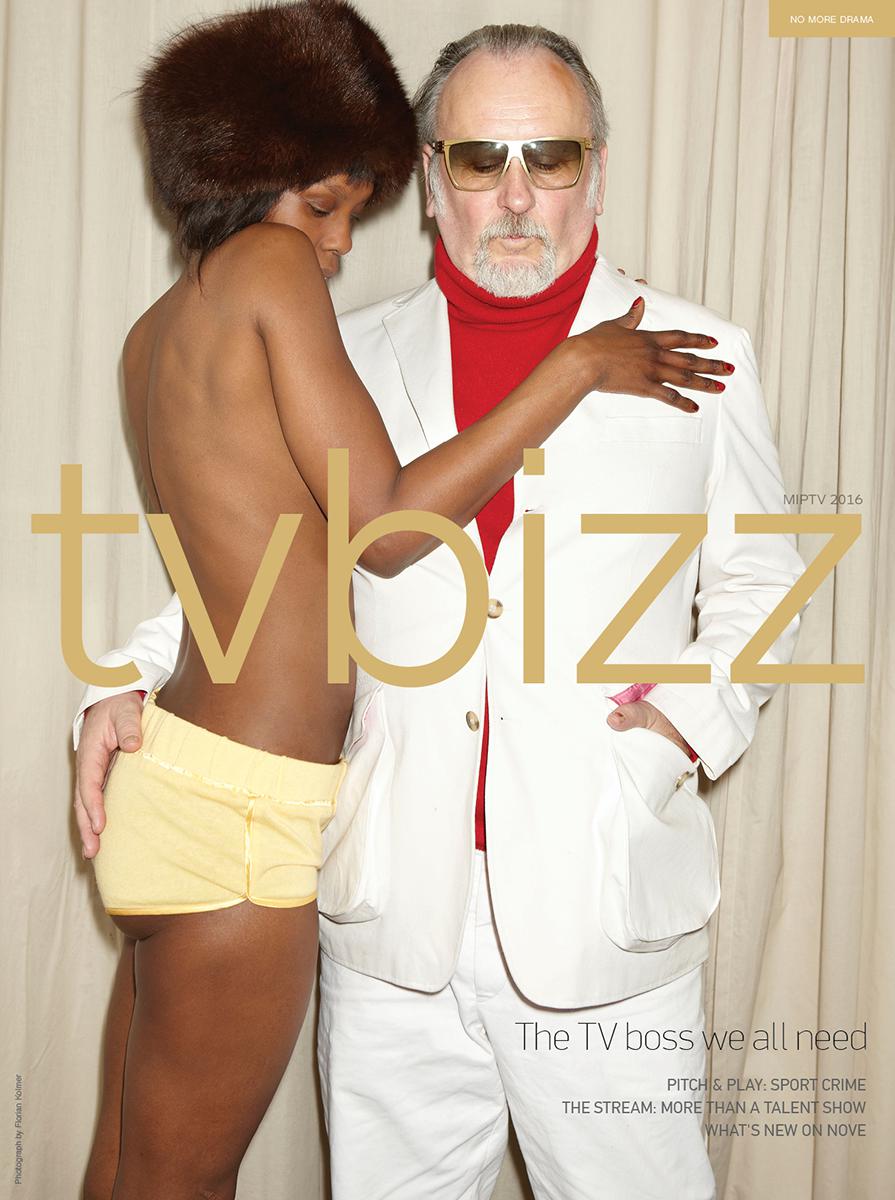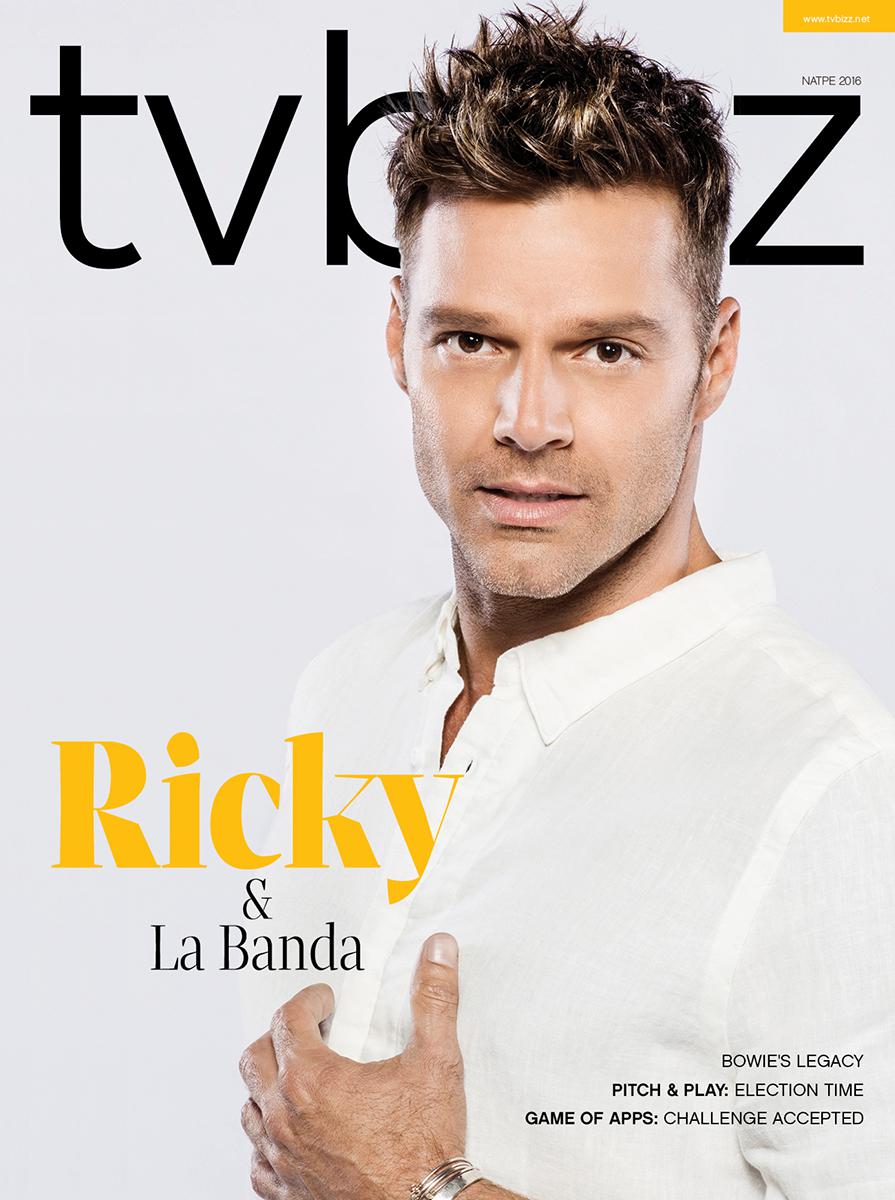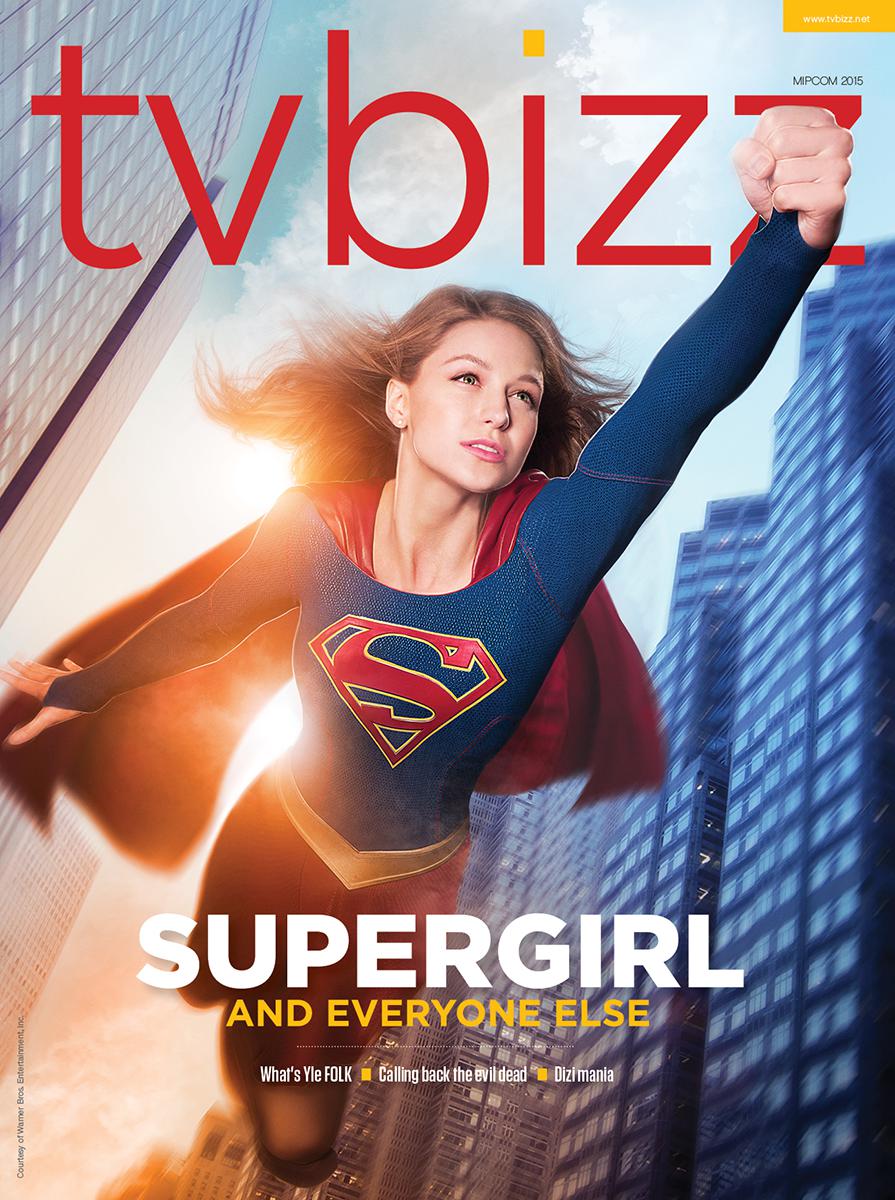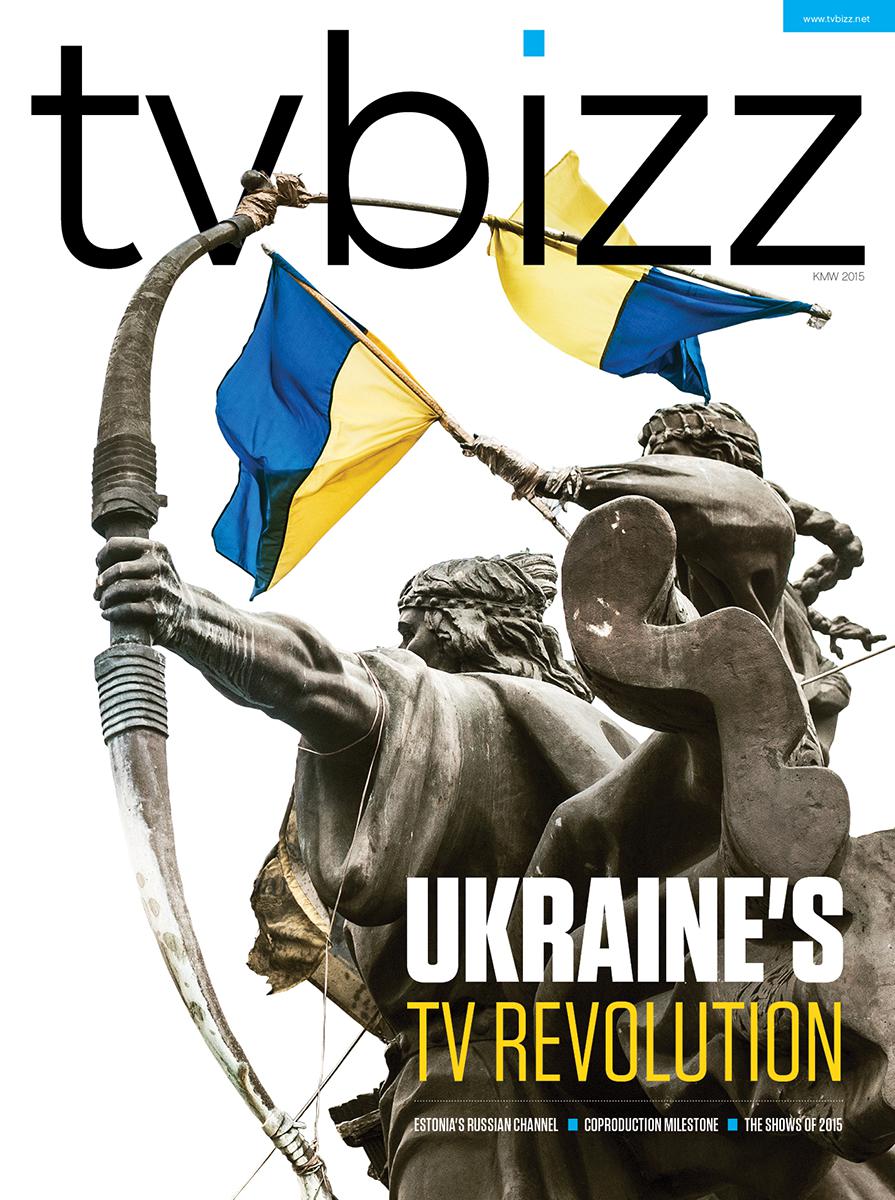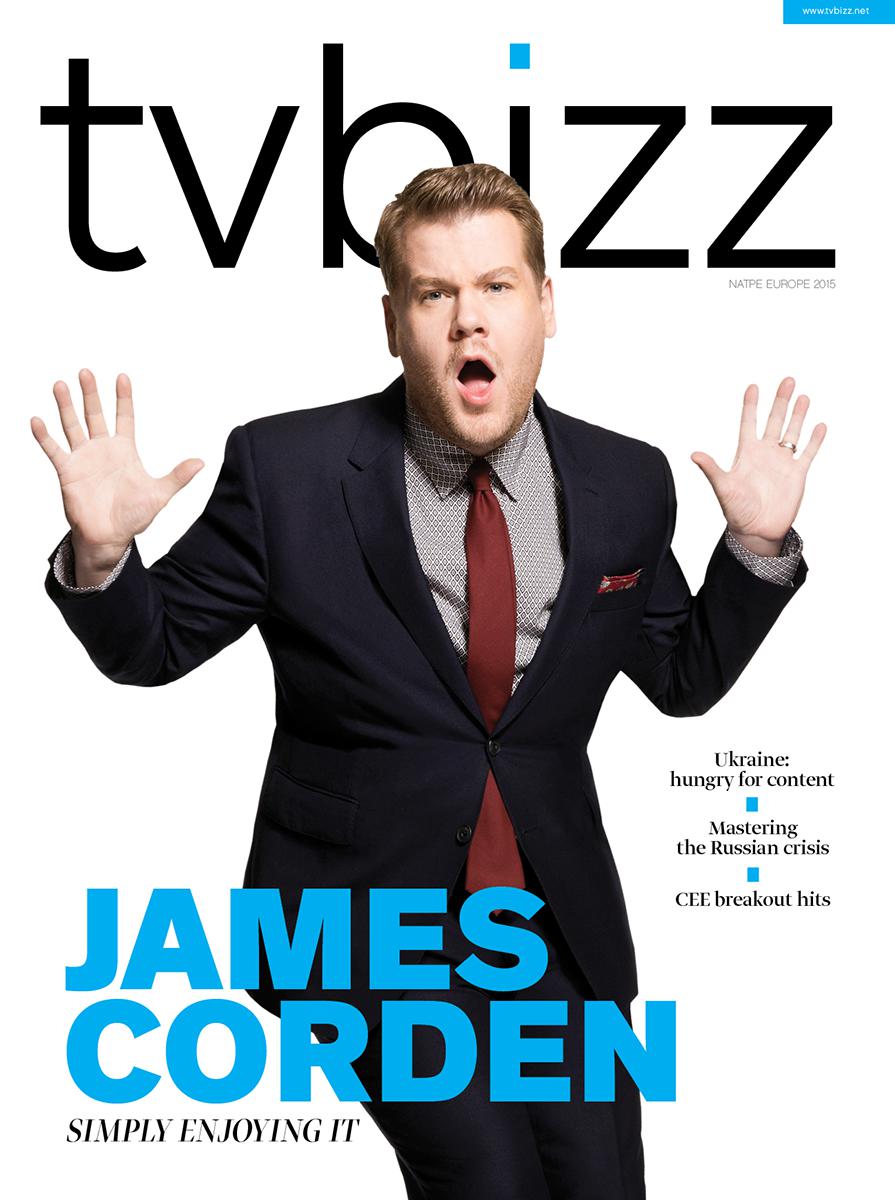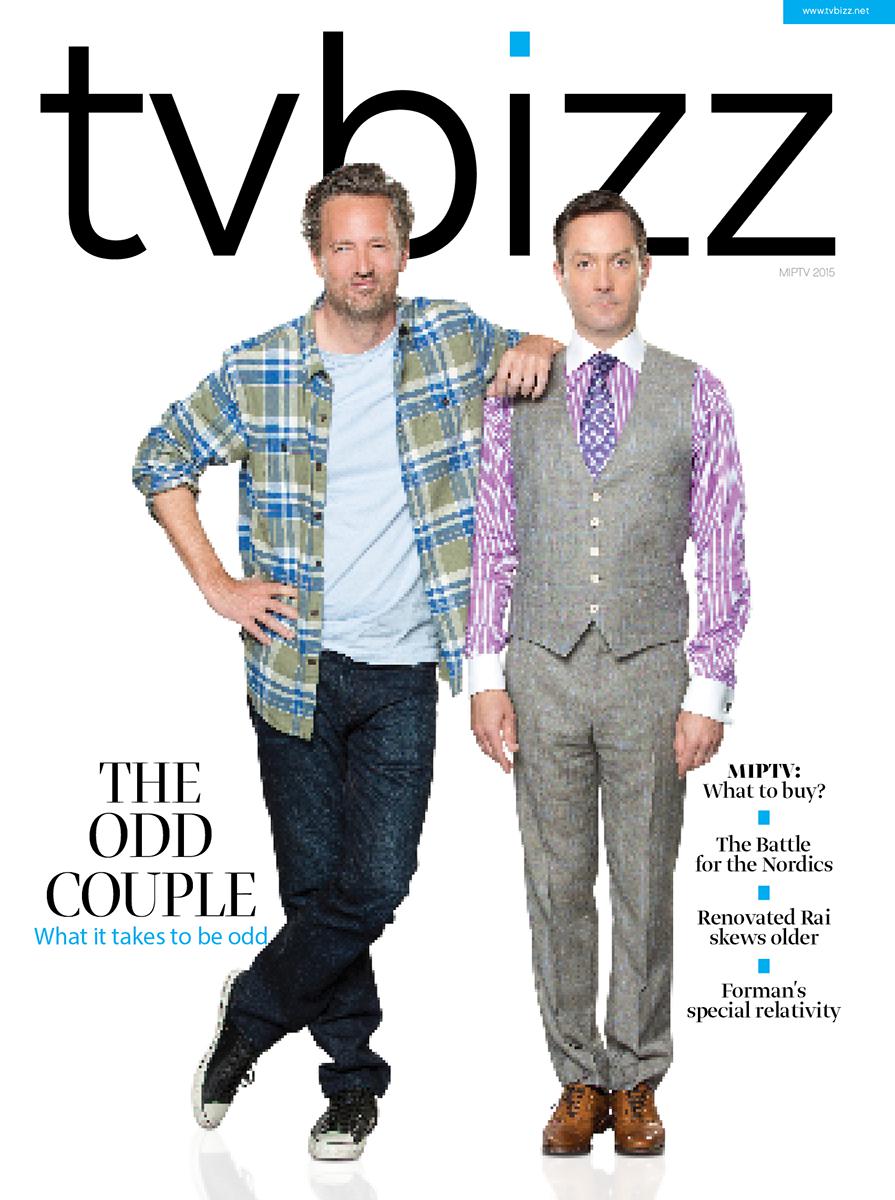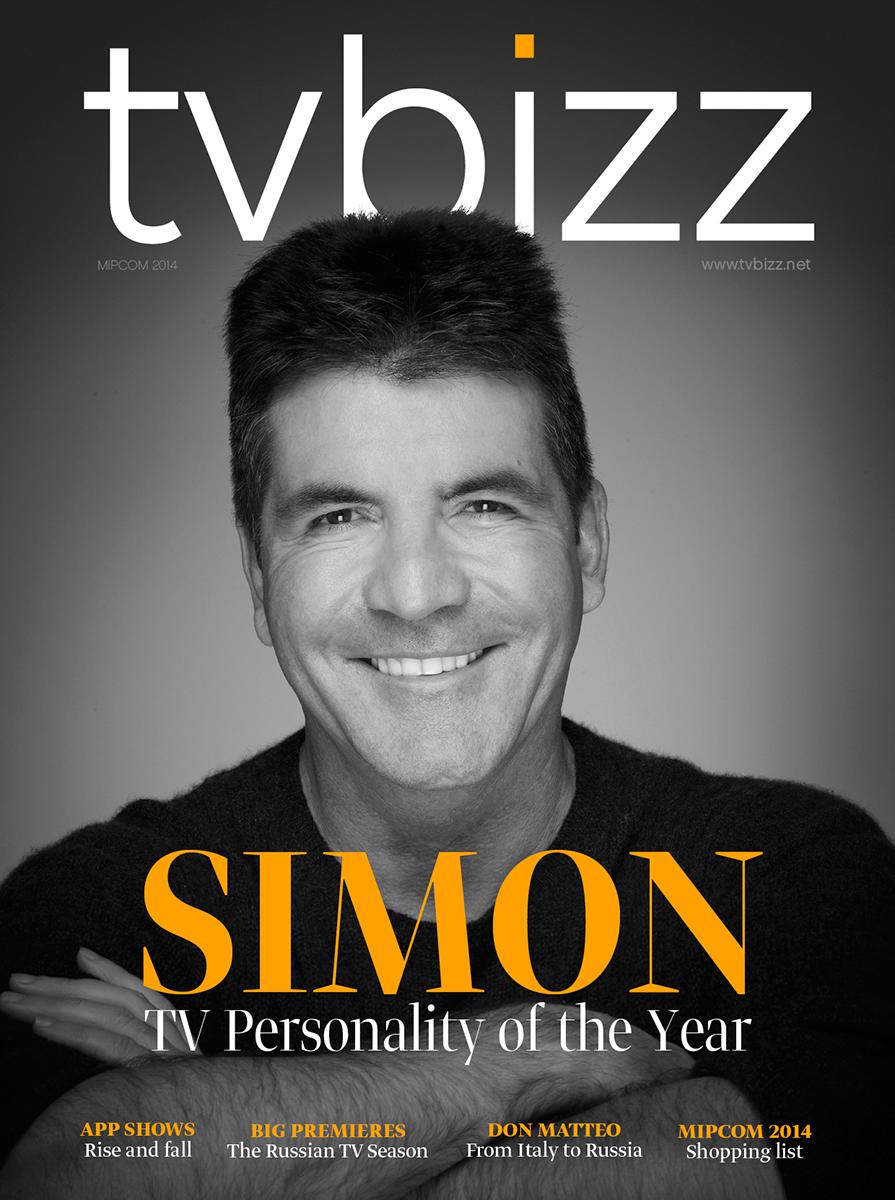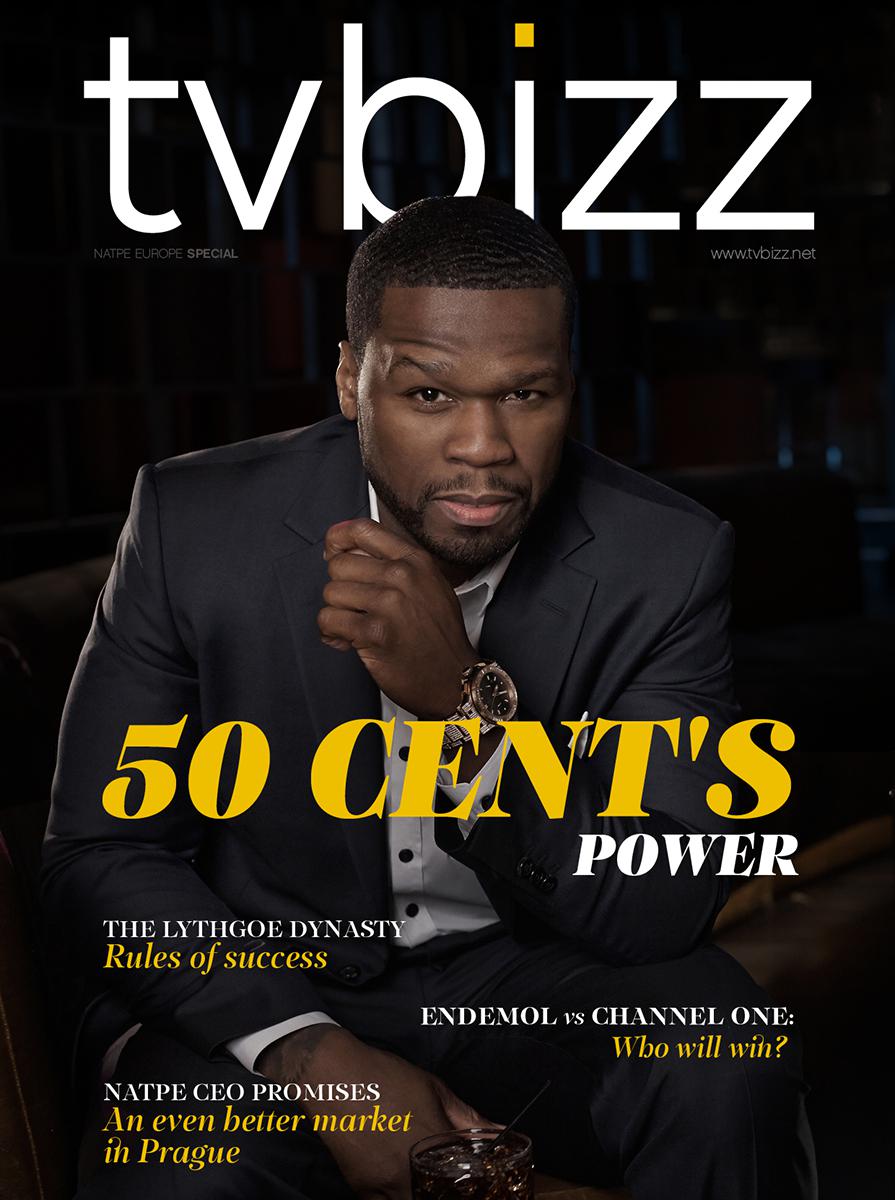The next big thing has been here all along
For the past year MTG has been heavily investing in digital growth and actively shifting away from traditional broadcasting, moving faster than anyone else among their competitors to transform their business according to the new realities of media consumption. Still, the key in MTG’s strategy remains content and MTG is not afraid to take risks and experiment to tell the best stories for its viewers regardless of the platform, as Jakob Mejlhede Andersen, EVP and Group Head of Programming and Content Development, tells Iliyan Stoychev.
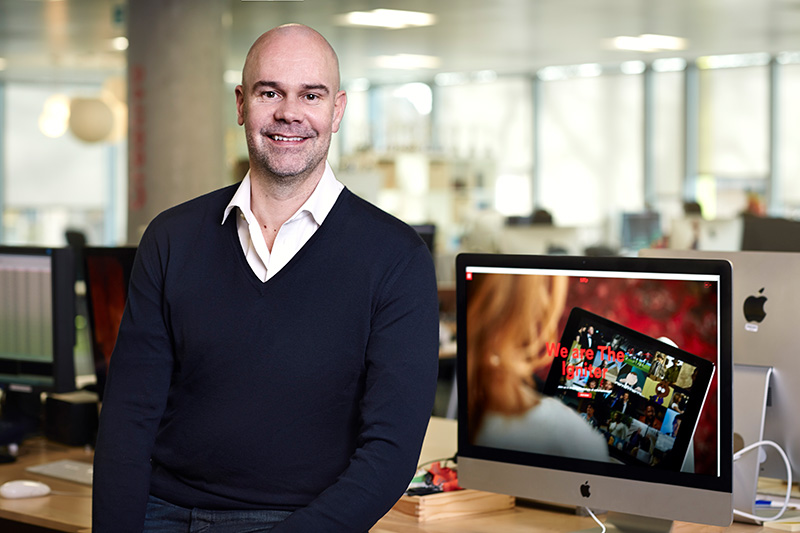
Jakob Mejlhede Andersen
Jakob, MTG actively refocuses from broadcasting to digital. What does this mean in terms of content creation inside the company?
We are transforming from a traditional broadcaster into a global digital video entertainer. This gives us the possibility to reach more diverse audiences than ever before, so we are strengthening our commitment to telling stories that engage and challenge all our viewers. In fact, our ambition is to become the Nordic region’s leading producer of original content, and today we have over 50 amazing projects in the pipeline.
What are the main differences in creating content for free TV, pay TV and VOD?
Audiences expect their experience to be differentiated across services, and it is essential your content reflects this reality. Every platform has unique inherent possibilities – you just need to understand what these are.
For example, our free-TV streaming service Viafree, which many users access through a smartphone app, offers exclusive short-form video content that deepens viewers’ engagement with our broadcast programming. In other words, embracing the full potential of a mobile-focused platform enables us to offer much more than a linear TV catch-up service.
Does content follow the audience or the audience follows the content?
Engagement is a two-way process – you need to go to the audience while simultaneously bringing them to you.
Our original content ambitions, for instance, are a direct response to the fact that viewers everywhere love great drama. At the same time, we are using new technology to show audiences new possibilities. We did this very successfully during the 2016 Olympics, when we offered almost 100 hours of live sport in fully immersive Virtual Reality 360˚ video.
What are the shares of different genres in MTG’s content portfolio and how has this changed over the past few years?
We have an excellent balance in our portfolio, from original productions and Hollywood blockbusters to major sports events such as the Premier League, Formula 1, and NFL. The originals are relatively new – our first production was Swedish Dicks, which premiered in September 2016 on our subscription video streaming service Viaplay – but we have had a broad offering for many years, and our primary focus is securing depth in each area.
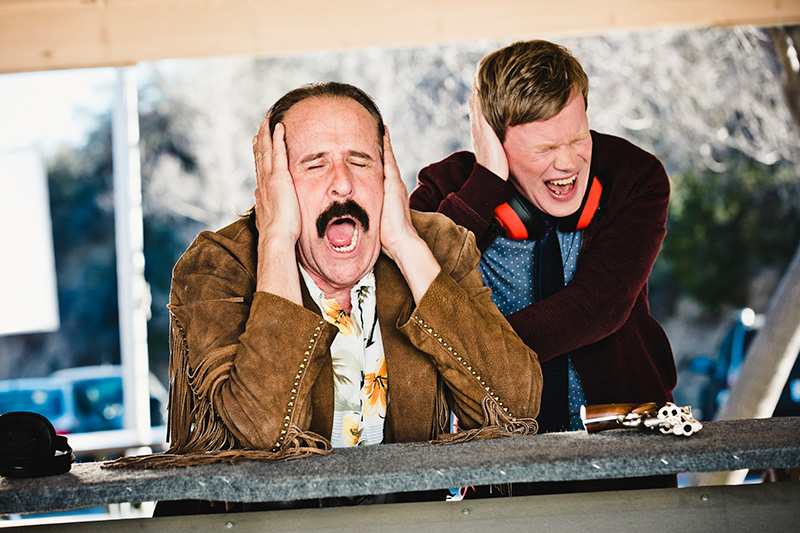
In the dynamic media market today, what is the role of public service broadcasting in your opinion?
Public service broadcasters offer rich, varied programming in genres that can be difficult to produce on a commercial basis. They are therefore important for market diversity, and I think we complement each other very well. We have a number of ongoing public service collaborations, like the 20-part series Our Time is Now, which is a major co-production between Viaplay and SVT in Sweden.
Let’s talk about the format market. Copyright claims, revival of old formats, moderate success of interactive formats, high demand for formats with big impact but low budget, new format ideas originating from smaller markets like never before - what comes next for the format business?
In the end, the true experts are our viewers. They decide which formats work and which stories touch their hearts. So more than ever, it is essential to listen to audiences and follow the trends in order to stay ahead of the curve. The complicated truth for digital video entertainers such as MTG – and for all media companies – is that there is no single format that works for every audience. This means we have to reinvent our company and our storytelling continuously.
How ready is MTG to experiment with new formats?
We are already doing it! Right now, we are working on our very first feature film SuperSwede, which is a biopic about Swedish Formula 1 driver Ronnie Peterson.
In December 2016, we launched our first original series for kids, The Great Escape. This was an ambitious project that combined education and entertainment, and we are delighted that teachers in Sweden have been using the series in the classroom to help present subjects like chemistry and mathematics. That is the best feedback you can get for a new format.
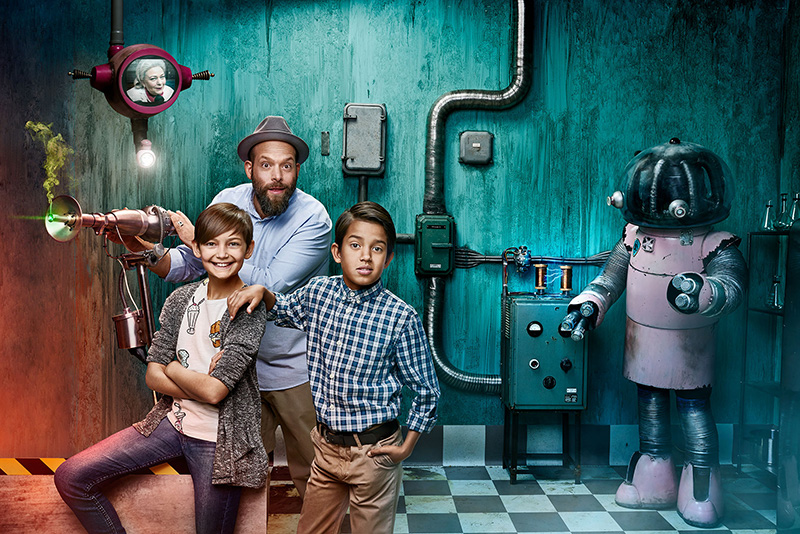
Drama is what truly drives the business nowadays, both online and offline. What are MTG’s plans in this direction?
As I mentioned, we have a pipeline of over 50 original projects, and we want to become the Nordic region’s leading producer of original content. Next up is Veni Vidi Vici, which premieres April 13 on Viaplay – intense, edgy stuff about a struggling Danish film director’s descent into the porn business.
Recently, we announced Nordic noir ALEX, suspense thriller The Lawyer and political drama Embassy Down. We are also shooting the second season of Swedish Dicks, which was recently picked up by Lionsgate for international distribution – the first time they have acquired a Nordic title.
What are your plans for Viaplay? Is the platform delivering the expected results?
Today, Viaplay is the leading video streaming service in the Nordic region. We are doing everything we can to improve our offering even further – for instance, we were the first in the region to offer offline mode. It felt very good to see rating agency Svenskt Kvalitetsindex’s recent announcement that our customers are the most satisfied streamers in Sweden for the second year in a row!
What is the role of nice entertainment group in MTG’s content strategy?
Storytelling is at the core of our business. By gathering 28 production and distribution companies, with a presence in 16 countries, into a single group, nice helps us concentrate talent and creativity. Productions from nice have been sold in over 240 territories worldwide, and the group has delivered some captivating recent hits such as the Oscar-nominated The Hundred Year-Old Man Who Climbed Out of the Window and Disappeared, and Nobel, which was produced for NRK and won the PRIX EUROPA 2016’s prestigious “Best European TV movie or mini-series of the year”.
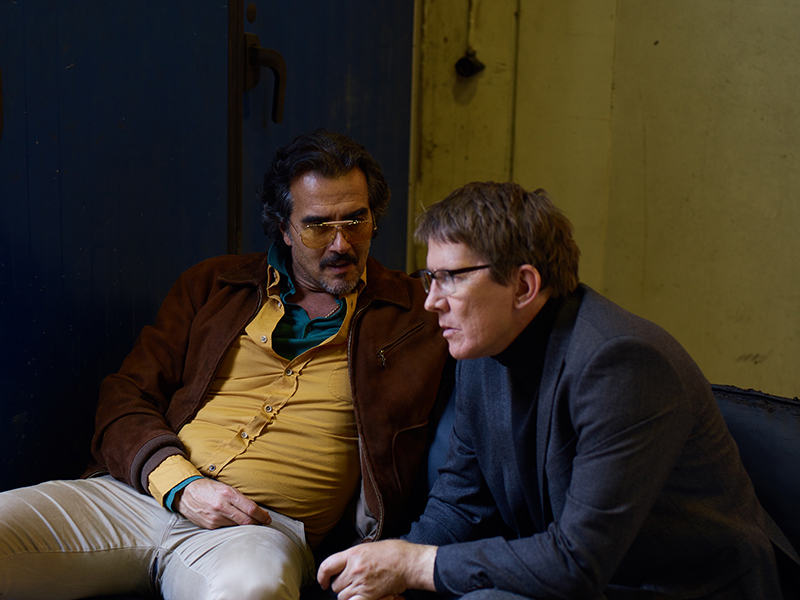
What will be The Next Big Thing?
The next big thing has been here all along – it’s storytelling. Technology will continue to change at an incredibly rapid pace, and our task is to master the possibilities created by these new tools and match them with a deep understanding of what our customers want to see. When we do that, we can engage even more audiences through the right formats and content, whenever and wherever they want.
What is the future of television, according to Jakob Mejlhede?
The TV show The Farm, produced by nice entertainment group, just became the best rated series in the history of TV 2 in Norway. This is a linear TV series, in the year 2017, in one of the world’s most mature media markets!
The lesson here is that viewers care most about the story. And it means television shares a common future with every other platform – tell the best stories and you’ll do just fine.▪
We are transforming from a traditional broadcaster into a global digital video entertainer. This gives us the possibility to reach more diverse audiences than ever before, so we are strengthening our commitment to telling stories that engage and challenge all our viewers. In fact, our ambition is to become the Nordic region’s leading producer of original content, and today we have over 50 amazing projects in the pipeline.
What are the main differences in creating content for free TV, pay TV and VOD?
Audiences expect their experience to be differentiated across services, and it is essential your content reflects this reality. Every platform has unique inherent possibilities – you just need to understand what these are.
For example, our free-TV streaming service Viafree, which many users access through a smartphone app, offers exclusive short-form video content that deepens viewers’ engagement with our broadcast programming. In other words, embracing the full potential of a mobile-focused platform enables us to offer much more than a linear TV catch-up service.
Does content follow the audience or the audience follows the content?
Engagement is a two-way process – you need to go to the audience while simultaneously bringing them to you.
Our original content ambitions, for instance, are a direct response to the fact that viewers everywhere love great drama. At the same time, we are using new technology to show audiences new possibilities. We did this very successfully during the 2016 Olympics, when we offered almost 100 hours of live sport in fully immersive Virtual Reality 360˚ video.
What are the shares of different genres in MTG’s content portfolio and how has this changed over the past few years?
We have an excellent balance in our portfolio, from original productions and Hollywood blockbusters to major sports events such as the Premier League, Formula 1, and NFL. The originals are relatively new – our first production was Swedish Dicks, which premiered in September 2016 on our subscription video streaming service Viaplay – but we have had a broad offering for many years, and our primary focus is securing depth in each area.

Swedish Dicks
In the dynamic media market today, what is the role of public service broadcasting in your opinion?
Public service broadcasters offer rich, varied programming in genres that can be difficult to produce on a commercial basis. They are therefore important for market diversity, and I think we complement each other very well. We have a number of ongoing public service collaborations, like the 20-part series Our Time is Now, which is a major co-production between Viaplay and SVT in Sweden.
Let’s talk about the format market. Copyright claims, revival of old formats, moderate success of interactive formats, high demand for formats with big impact but low budget, new format ideas originating from smaller markets like never before - what comes next for the format business?
In the end, the true experts are our viewers. They decide which formats work and which stories touch their hearts. So more than ever, it is essential to listen to audiences and follow the trends in order to stay ahead of the curve. The complicated truth for digital video entertainers such as MTG – and for all media companies – is that there is no single format that works for every audience. This means we have to reinvent our company and our storytelling continuously.
How ready is MTG to experiment with new formats?
We are already doing it! Right now, we are working on our very first feature film SuperSwede, which is a biopic about Swedish Formula 1 driver Ronnie Peterson.
In December 2016, we launched our first original series for kids, The Great Escape. This was an ambitious project that combined education and entertainment, and we are delighted that teachers in Sweden have been using the series in the classroom to help present subjects like chemistry and mathematics. That is the best feedback you can get for a new format.

The Great Escape Sweden
Drama is what truly drives the business nowadays, both online and offline. What are MTG’s plans in this direction?
As I mentioned, we have a pipeline of over 50 original projects, and we want to become the Nordic region’s leading producer of original content. Next up is Veni Vidi Vici, which premieres April 13 on Viaplay – intense, edgy stuff about a struggling Danish film director’s descent into the porn business.
Recently, we announced Nordic noir ALEX, suspense thriller The Lawyer and political drama Embassy Down. We are also shooting the second season of Swedish Dicks, which was recently picked up by Lionsgate for international distribution – the first time they have acquired a Nordic title.
What are your plans for Viaplay? Is the platform delivering the expected results?
Today, Viaplay is the leading video streaming service in the Nordic region. We are doing everything we can to improve our offering even further – for instance, we were the first in the region to offer offline mode. It felt very good to see rating agency Svenskt Kvalitetsindex’s recent announcement that our customers are the most satisfied streamers in Sweden for the second year in a row!
What is the role of nice entertainment group in MTG’s content strategy?
Storytelling is at the core of our business. By gathering 28 production and distribution companies, with a presence in 16 countries, into a single group, nice helps us concentrate talent and creativity. Productions from nice have been sold in over 240 territories worldwide, and the group has delivered some captivating recent hits such as the Oscar-nominated The Hundred Year-Old Man Who Climbed Out of the Window and Disappeared, and Nobel, which was produced for NRK and won the PRIX EUROPA 2016’s prestigious “Best European TV movie or mini-series of the year”.

Veni Vidi Vici
What will be The Next Big Thing?
The next big thing has been here all along – it’s storytelling. Technology will continue to change at an incredibly rapid pace, and our task is to master the possibilities created by these new tools and match them with a deep understanding of what our customers want to see. When we do that, we can engage even more audiences through the right formats and content, whenever and wherever they want.
What is the future of television, according to Jakob Mejlhede?
The TV show The Farm, produced by nice entertainment group, just became the best rated series in the history of TV 2 in Norway. This is a linear TV series, in the year 2017, in one of the world’s most mature media markets!
The lesson here is that viewers care most about the story. And it means television shares a common future with every other platform – tell the best stories and you’ll do just fine.▪



